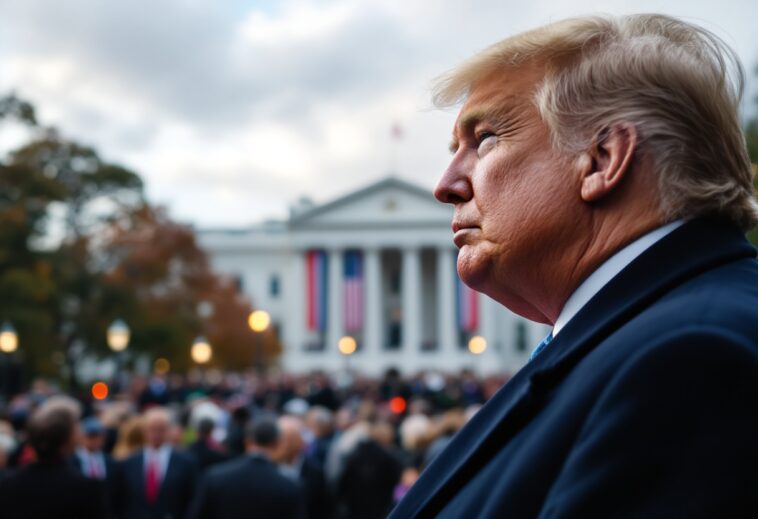Table of Contents
Weather woes: How climate impacts presidential inaugurations
Inauguration Day is a significant event in American politics, marking the transition of power and the beginning of a new administration. However, the weather can play a crucial role in how these ceremonies unfold.
From extreme cold to unexpected rain, climate conditions have historically influenced the scale and location of presidential inaugurations. This article delves into the impact of weather on these pivotal moments in U.S. history.
The historical backdrop of inaugurations
Presidential inaugurations have been held since George Washington took the oath of office in 1789.
Traditionally, these ceremonies occur outdoors, allowing for large crowds to witness the event. However, as history shows, weather can drastically alter plans. For instance, during Ronald Reagan’s second inauguration in 1985, the ceremony was moved indoors due to frigid temperatures, a decision that limited public attendance and changed the atmosphere of the event.
Such instances raise questions about how climate considerations can affect the public’s engagement with political milestones.
Modern challenges: Climate change and its effects
As climate change continues to alter weather patterns, the implications for future inaugurations become increasingly significant.
With rising temperatures and unpredictable weather events, organizers must prepare for a range of scenarios. The potential for extreme weather could lead to more indoor ceremonies, which may diminish the spectacle and public participation that characterize these events. Moreover, the shift towards virtual attendance during the pandemic has introduced new dynamics, suggesting that future inaugurations might blend in-person and digital experiences.
Public perception and the role of social media
In today’s digital age, the way inaugurations are perceived has evolved. Social media platforms allow for real-time sharing of experiences, making weather conditions a focal point for commentary and discussion.
A rainy day or a snowstorm can quickly become a trending topic, influencing public sentiment about the incoming administration. This shift highlights the importance of considering not just the physical environment but also the virtual landscape in which these events are experienced. As younger generations engage with politics through social media, the interplay between weather and public perception will likely continue to grow.






